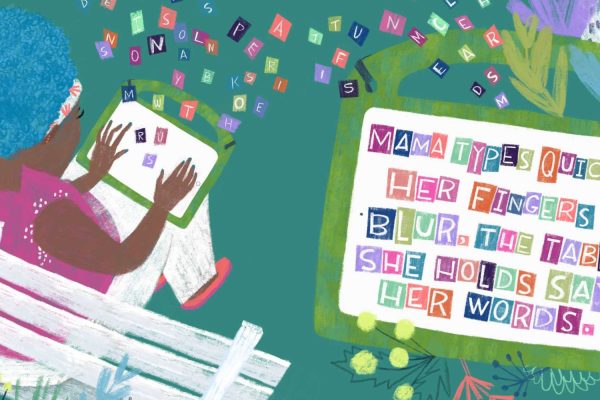
Quick tip from a speechie: conversation skills practice
By Kylie Martin
Conversations are a gorgeous tapestry of questions and comments and narratives and responses and arguments and predictions and summaries and imaginations – all stitched together by those who have participated.
To unpick and truly understand the structure of a conversation is almost as impossible as unpicking a tapestry and trying to make sense of the picture by looking at the colours of the thread that were used.
An easy way to practice basic conversation skills is with the “talking rock”. The talking rock can be anything from something you pick up outside in the garden or a little guy you have lovingly decked out with eyes hair and a smiley face. The talking rock is put at someone’s place at the table and they need to tell you one thing that happened during the day. Then each person needs to ask a question and make a comment before the turn moves on to the next person to ask a question and make a comment.
To help avoid the “nothing”, “I can’t remember” or “I don’t know responses”, you could make a family chat book of things you do regularly, new things that are coming up in family members lives and things you all love. Not only does this help to get the conversation started, it can be used by all family members, including non-verbal kids and kids using AAC. Your round table discussion might look a bit like this :
Kate: Today at school we played hockey.
Joe (brother):Have you played hockey before?
Kate: No, it was the first time.
Joe: I can’t wait to be able to try hockey.
Dad: What position did you play?
Kate: We didn’t have positions, we just practiced dribbling and hitting today.
Dad: Those are important skills to learn.
Mum: How do you dribble?
Kate: You get the stick and push the ball along the ground in front of you.
Mum: Sounds like you would need to concentrate hard for that. Happy chatting!
Kylie Martin is a speech pathologist at Chatter-boxes Speech Pathology Services. For advice or information on speech and language development, play, feeding or social communication visit www.chatter-boxes.com.au








